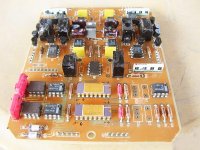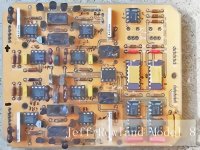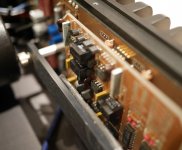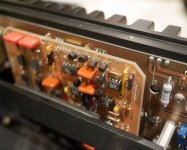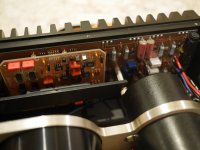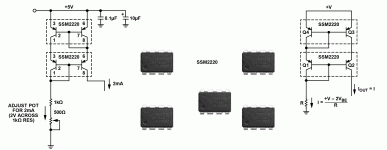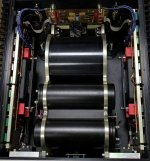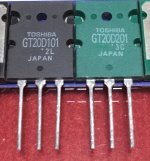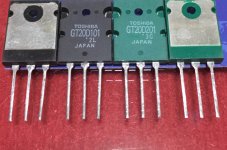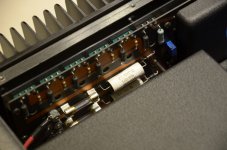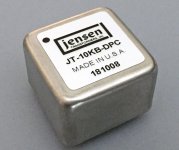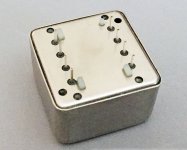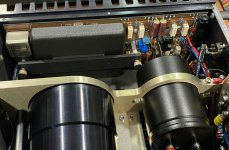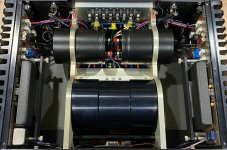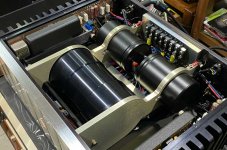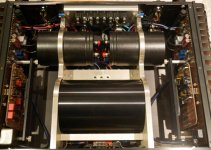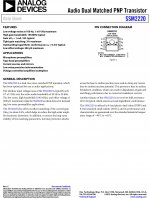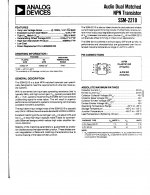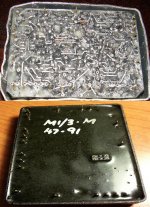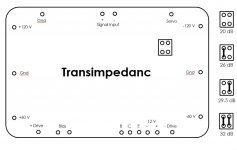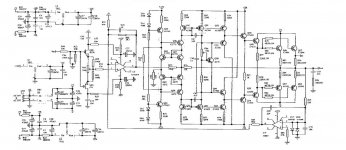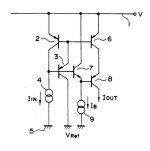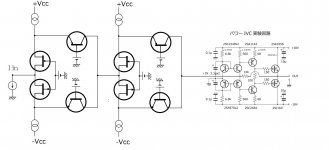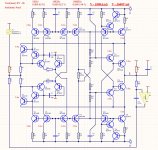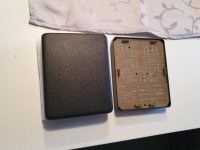I need the service manual of the Jeff Rowland Model 2 or, at least, a schematic.
Can anyone help me? I will pay for postage and packing if sent by mail.
Thank you very much.
Stefano
Can anyone help me? I will pay for postage and packing if sent by mail.
Thank you very much.
Stefano
Parallel current feedback amplifier
Mr. Rowland began to pursue the sound fluctuation speed around 1988 and began to use the transformer impedance method in high-frequency video circuits. This is a current feedback circuit with excellent phase characteristics, so as to realize the circuit with excellent reactivity and wide amplitude characteristics. Thus, the overall transparency of sound quality is improved, high speed and rich information are obtained, and the detailed description is also clear-cut. Model 7F is also the first power amplifier used as current feedback circuit in the United States. It is also characterized by the use of hollow copper tubes that seek to improve the transmission speed of music signals.
In 1991, model 5 / 3 / 1 was also type F specification. Moreover, the model1f can also adopt bridge connection, which can obtain 240W output power on this occasion. Then in 1992, as a new flagship model of Rowland, large mono power amplifier model 9 was published. The dedicated power supply unit and power amplifier unit are composed of four large bases, rewriting the history of previous advanced amplifiers. The beautiful and unique style like waves was inherited by subsequent models. In terms of technology, based on the technology obtained by model 7F, it is characterized by excellent supplementary writing for vibration noise and high-frequency distortion. The unique transformer impedance circuit needless to say, by using the surplus low impedance power supply part, the fluctuation components and will be reduced. Moreover, from the vibration results, it is clear that the output transistor vibrates when increasing the amplitude, so as to strengthen the physical composition of its connection method. Then, compared with the model 7 with metal (T03) output transistor, the machine adopts Toshiba bipolar transistor with plastic epoxy shell.
In the same year, the single stereo power amplifier model 8, which inherited the content of the machine, was also published.
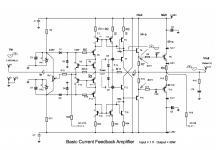
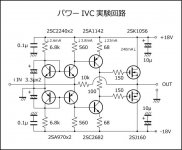
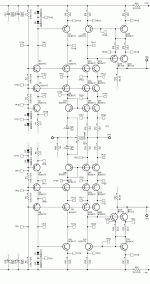
Mr. Rowland began to pursue the sound fluctuation speed around 1988 and began to use the transformer impedance method in high-frequency video circuits. This is a current feedback circuit with excellent phase characteristics, so as to realize the circuit with excellent reactivity and wide amplitude characteristics. Thus, the overall transparency of sound quality is improved, high speed and rich information are obtained, and the detailed description is also clear-cut. Model 7F is also the first power amplifier used as current feedback circuit in the United States. It is also characterized by the use of hollow copper tubes that seek to improve the transmission speed of music signals.
In 1991, model 5 / 3 / 1 was also type F specification. Moreover, the model1f can also adopt bridge connection, which can obtain 240W output power on this occasion. Then in 1992, as a new flagship model of Rowland, large mono power amplifier model 9 was published. The dedicated power supply unit and power amplifier unit are composed of four large bases, rewriting the history of previous advanced amplifiers. The beautiful and unique style like waves was inherited by subsequent models. In terms of technology, based on the technology obtained by model 7F, it is characterized by excellent supplementary writing for vibration noise and high-frequency distortion. The unique transformer impedance circuit needless to say, by using the surplus low impedance power supply part, the fluctuation components and will be reduced. Moreover, from the vibration results, it is clear that the output transistor vibrates when increasing the amplitude, so as to strengthen the physical composition of its connection method. Then, compared with the model 7 with metal (T03) output transistor, the machine adopts Toshiba bipolar transistor with plastic epoxy shell.
In the same year, the single stereo power amplifier model 8, which inherited the content of the machine, was also published.



Incredible and rare images of this gorgeous amplifier; However, I am concerned about the use of IGBTs which I believe cannot be found in case of repair (even Mr. Nelson abandoned them ...).
Maybe I should look for the used Model 1 which, I believe, does not use them.
What do you think of Model 1?
Do you have diagrams or photographs to publish on the site?
Thanks and sorry for the inconvenience.
Stefano
Maybe I should look for the used Model 1 which, I believe, does not use them.
What do you think of Model 1?
Do you have diagrams or photographs to publish on the site?
Thanks and sorry for the inconvenience.
Stefano
It is difficult to find Jeff Rowland's information on the Internet, and its voltage amplification module is sealed with epoxy ester. It is difficult to disassemble it intact.
But what do you think about Model1, it's a good choice on the used market (sound, reliability...)?
Stefano🙂
Stefano🙂
The company's earliest products began with the mono amplifier model 7, and the basic design was in 1982. The design was not completed until 1984. It was exhibited at the CES exhibition in Las Vegas in the same year. The design idea is to pursue the smooth reproduction ability of the sound field space difficult to express by the transistor amplifier at that time. The output is bipolar transistor, and the input stage selects FET with similar characteristics to the electron tube. The design without negative feedback is also a major feature. As the output is up to 350 watts, many people noticed that the surface of model 7 is gold anodized. Model 7 made a small improvement in 1985, which is the No. 2 improved model of model 7. In 1986, a new improved No. 3 was produced.
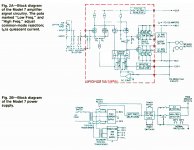

Jeff Rowland model 9 / model 8 / model 2 is a parallel current feedback IGBT power amplifier
I'm a new member and I'm happy to meet you. I also had problems with Jeff Rowland's epoxy-filled module. (I am using Pre Consumatte) I tried to contact JRDG via email but did not receive a response. So, can someone help me how to handle the epoxy block or Schematic, I hope to be able to see the circuit and internal components to check and repair.
l look forward to receiving your response.
Dear all,
I'm a new member and I'm happy to meet you. I also had problems with Jeff Rowland's epoxy-filled module. (I am using Pre Consumatte) I tried to contact JRDG via email but did not receive a response. So, can someone help me how to handle the epoxy block or Schematic, I hope to be able to see the circuit and internal components to check and repair.
l look forward to receiving your response.
I also have a Consummate preamp and recently got it recapped. See https://www.diyaudio.com/community/...-preamp-a-cautionary-tale.403747/post-7464213
I emailed Rowland for a service manual and/or parts list for the recap, but also no reply.
I would appreciate any info you have been able to find.
I emailed Rowland for a service manual and/or parts list for the recap, but also no reply.
I would appreciate any info you have been able to find.
Jeff Rowland Model 9
https://www.diyaudio.com/community/threads/jeff-rowland-model-1-re-cap.391863/
Attachments
- Home
- Amplifiers
- Solid State
- Jeff Rowland Model 2
